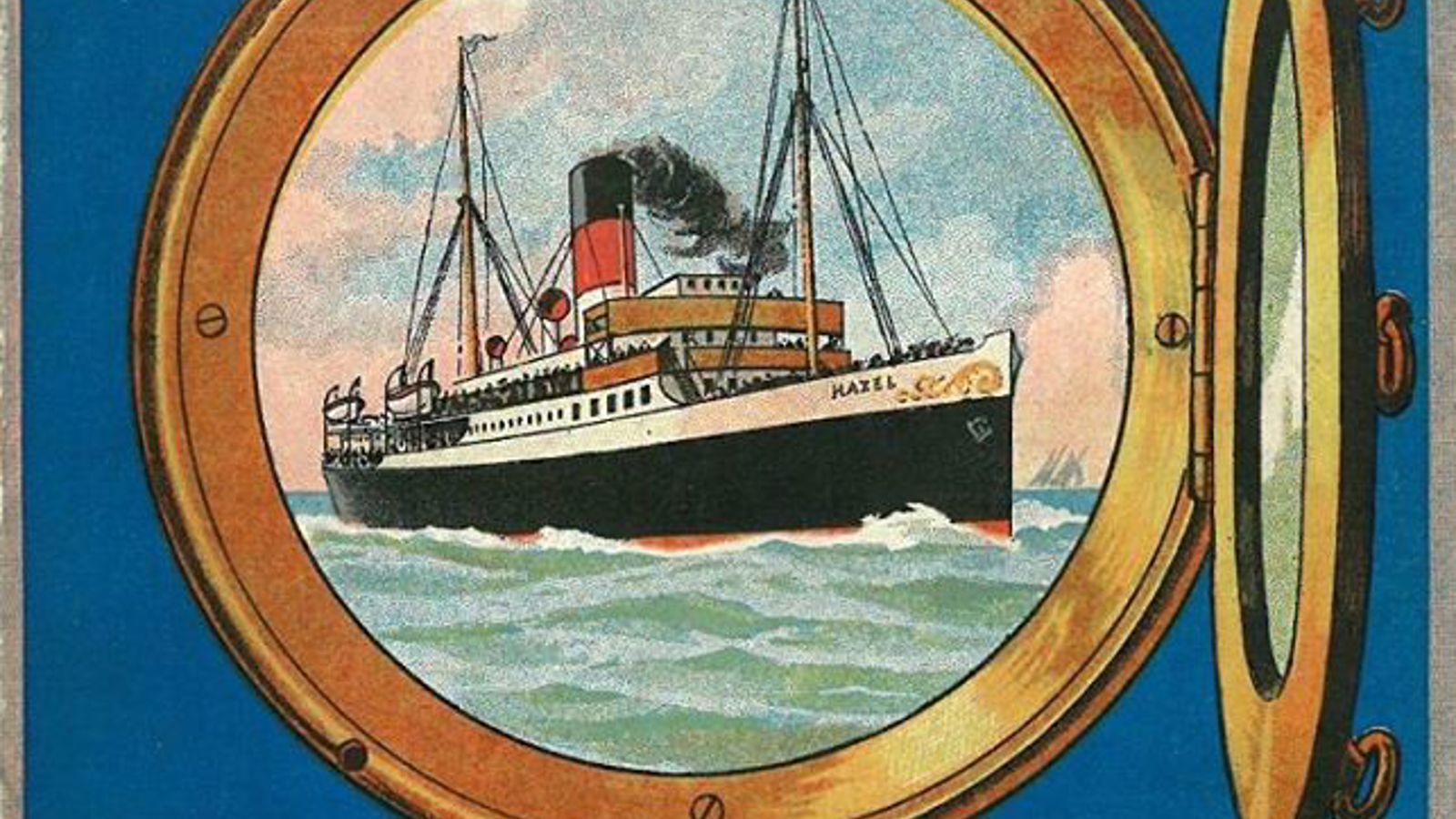Burns and Laird - Times Past
In partnership with the Glasgow Times, our archivists are exploring Glasgow's fascinating history. This week, Nerys Tunnicliffe writes about Burns & Laird.
With their distinctive red, white, and black coloured funnels, the ships of the Burns & Laird fleet were once a familiar sight at Glasgow’s Broomielaw. The ‘Derry’ (or ‘Scotch’) boats, such as the Lairds Loch, operated between Glasgow to Derry until 1966. They transported passengers, cattle, and other cargo.
The travel experience wasn’t always first class! Passengers were sometimes overcrowded on uncomfortable wooden seats with smells lingering from cattle. The firm’s services were important for trade and holidaymakers. They played a significant role in migration between Scotland and Ireland. The fleet also covered services to other ports including Belfast, and the company’s offices were based on Robertson Street.
Burns & Laird established in 1922, following a merger of two companies, G & J Burns and Laird Line. Both companies were pioneers of passenger and trade routes between Scotland and Ireland, with roots in early steam travel.
Glasgow produce merchants, George and James Burns, branched out into shipping. They launched a passenger steamer service between Glasgow and Ayr around 1821. Services to Liverpool and Belfast soon followed. They were also involved with the Cunard Steam Ship Company. It won the profitable contract to carry the transatlantic mail.
From 1822 Alexander Laird worked as an agent for several shipping lines. These included the St George Steam Packet Company, providing services to ports on the west coast of Scotland, England, and Ireland. His son, also Alexander, set up Alexander A Laird & Co in 1873, which later became Laird Line Ltd.
More overlooked is the role the Burns & Laird fleet played in WW2. After being requisitioned by the navy, the motor liners Royal Ulsterman and Royal Scotsman were active in most of the Allied sea borne landings. For one campaign in 1944, the Royal Scotsman was used as the headquarters ship carrying Winston Churchill and his commanders. Another company vessel, the Lairds Isle, was among the first to arrive at the Normandy beaches during D Day.
Despite providing travel for almost 150 years, the firm struggled in the 1960’s. They were unable to adapt and compete with other services which catered for increasing car travel and was taken over by P & 0 in 1971.
The memory of the firm and its fleet is still preserved in collection that we’re very fortunate to hold. They include ship's logs recording voyages and crew, photographs, company minutes and a wealth of advertising material.

